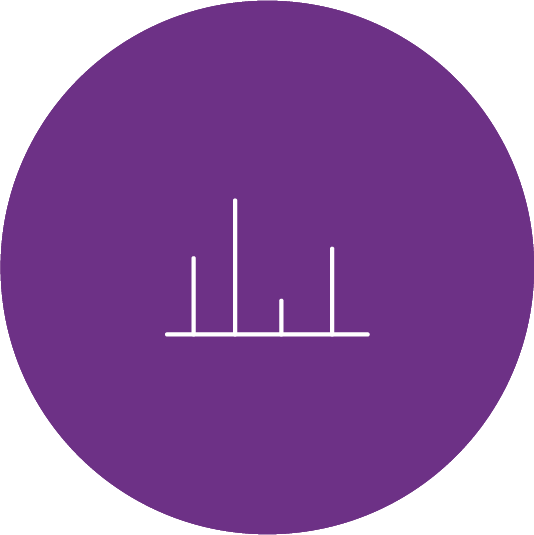This website uses cookies so that we can provide you with the best user experience possible. Cookie information is stored in your browser and performs functions such as recognising you when you return to our website and helping our team to understand which sections of the website you find most interesting and useful.
eInvoicing - FAQs
What is electronic invoicing?
For the purpose of the European Directive 2014/55/EU on electronic invoicing in public procurement, ‘electronic invoice’ means an invoice that has been issued, transmitted and received in a structured electronic format which allows for its automatic and electronic processing; The Directive establishes the European Standard or Norm for eInvoicing as the structured electronic format that public bodies are obliged to receive and process.
The structured electronic format facilitates the automatic processing of invoices received into back office financial accounts, Enterprise Resource Planning (ERP) and other data processing systems. While the term ‘electronic invoicing’ is often used to refer to the processing of invoices sent by a range of electronic means, from sending a scanned image or PDF invoice by email, to sending an invoice in propriety ERP or national standard formats, these methods and formats do not meet the requirements of the European Directive.
What are the advantages of eInvoicing?
The benefits of electronic invoicing are maximised when the generation, sending, transmission, reception and processing of an invoice can be fully automated.
Widespread adoption of electronic invoicing within the EU is expected to lead to significant economic benefits. The move from paper to (fully automated) eInvoices allows public entities buying goods or services to reduce business costs and contribute to the modernisation of domestic payment infrastructure. This is achieved by:
quicker and cheaper processing, as information can be automatically validated and imported into payment and accounting systems (reducing manual data entry)
increased control over cash flow, which is critical to sustaining business operations
reduced material cost and a reduced environmental impact by removing delivery and print costs and by removing the need to archive paper, and to purchase envelopes, paper and stamps
greater transparency is built into the whole Procure to Pay (P2P) cycle.
having all eInvoice status information visible to the supplier reduces time spent on managing supplier inquiries
reduced data error by removing manual entry reduces time spend on balancing accounts and searching for discrepancies.
How can Suppliers send eInvoices to Maltese Government entities?
In order for suppliers to be able to send eInvoices to Maltese Government entities they have two options:
log into the portal and key in the invoice details; or
If their ERP system is thus enabled, automatically transmit an eInvoice, in XML format through a Certified Peppol Access Point Service Provider. A full list of Certified Peppol Access Point Service Providers is available here: https://peppol.eu/who-is-who/peppol-certified-aps/.
The Maltese Government has entered into an agreement with Pagero, an internationally recognised Certified Peppol Service Provider for the provision of Peppol Networking and eInvoicing services and to support their suppliers in sending eInvoices to all public sector bodies. For more information about Pagero and the services they are providing the Government of Malta and their suppliers, please click here.
Do suppliers have to send electronic invoices?
There is no legal requirement for suppliers to submit invoices in electronic format to Maltese public bodies at this point in time. However, the Government of Malta is legally bound to accept eInvoices emanating from contracts that are within the EU Procurement thresholds.
Related pages:






